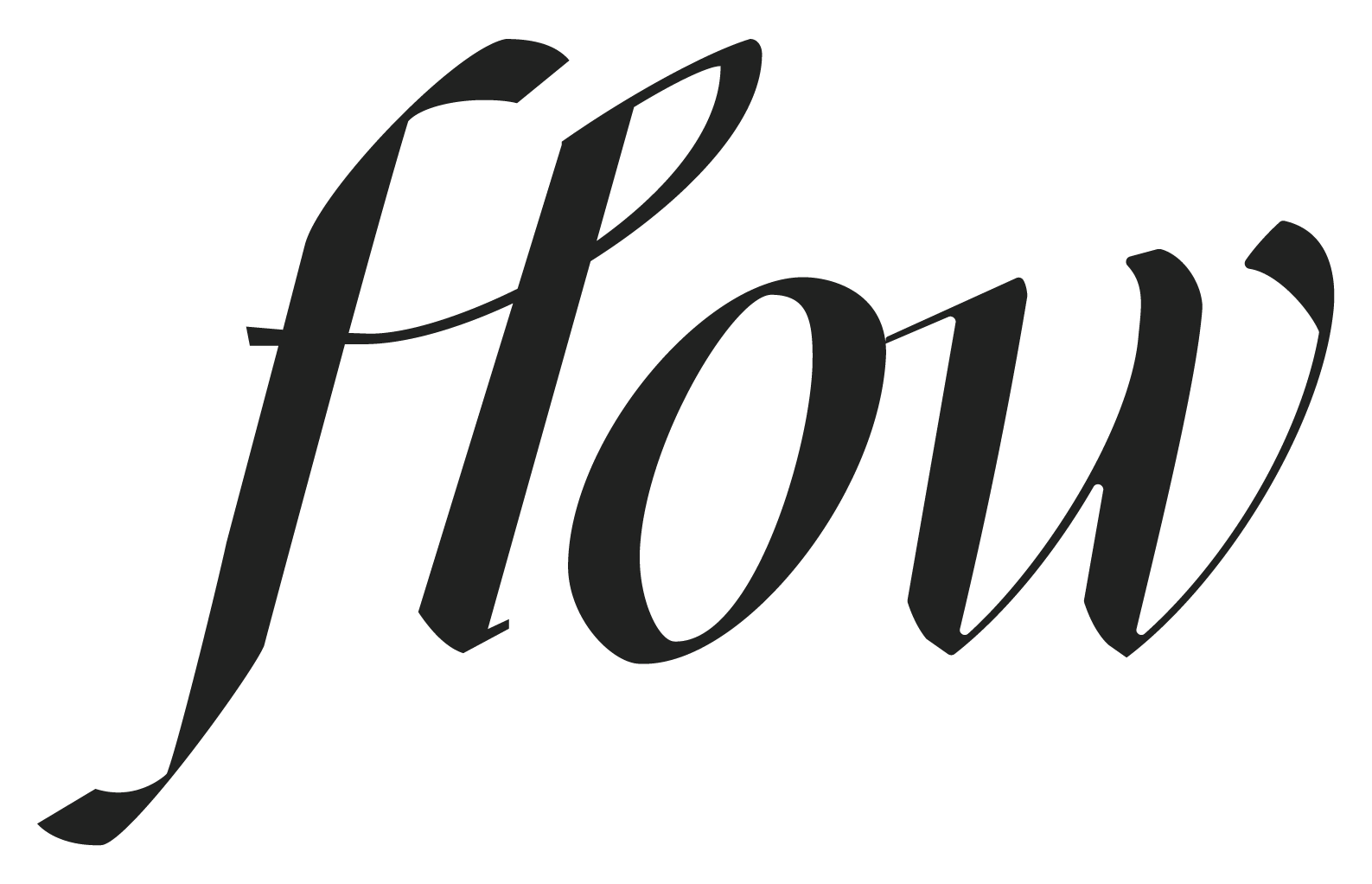Back to Pilates school - time to concentrate!
“Concentrate on the correct movements EACH TIME YOU EXERCISE, lest you do them improperly and thus lose all the vital benefits of their value”
Autumn: A season which brings to mind crisp fall mornings, multi-coloured leaves, warm chunky sweaters and pumpkin spice and chai beverages.
I don’t think it matters how many years have passed since I was last in school, for me the start of September signals the end of summer vacations and the start of a new school year (even more so now that I am sending my own child off to school). So it is fitting to talk about Concentration, one of the six Pilates principles (the five others being Centering, Control, Breathing, Precision, and Rhythm/Flow. If you would like to read about the Flow principle, you can read about it here).
To start with, it’s important to note that Concentration is what makes Pilates a mind body movement system. Without involving the mind, it is not Pilates – Joseph Pilates wrote in Your Health (he wrote it in capital letters, so he must have meant business!):
“NOT MIND OR BODY, BUT MIND AND BODY!” (Your health, page 118)
Concentration can be described as a constant feedback loop, whereby the mind(brain) trains the body, and the body trains the mind.The body sends outgoing messages to the brain on what it is feeling (is it unpleasant? Does it create a sense of joy while moving?), and then the mind accepts and interprets what the body is doing (where the bones are placed, which muscles are working). The brain then gives feedback back to the body to either stay the same or make an adjustment.
This feedback loop between mind and body continuously plays throughout your workout. Concentration is also knowing where all parts of the body are at all times, allowing us to develop full body awareness and achieve success in whatever Pilates exercise we are doing.
How can we maximize the benefits of our Pilates sessions?
Here are 5 ways you can focus on Concentration at your next workout:
Tune in to your breath – by concentrating on when you are (or are not!) breathing your mind will become more aware of what’s going on in your body physically.
Listen and pay attention to the cues your teacher is giving – and notice if they create a change in the way the exercise feels. Even if it’s a cue you have heard a million times before, can you use the cue to elicit a new movement pattern?
Before you begin your session, notice how you are feeling. Do you mentally feel stressed? Do you have an ache or a pain in a joint? Is your mind going a mile a minute, trying to think about what you will be doing after your session? Compare with how you feel immediately after your session.
Focus on the intent of the exercise. For example, in short spine, a focus can be on articulating each vertebra. Another focus could be the flow created by breathing with the exercise.
Be present (easier said than done, I know!) This is your “me-time”, and the more you can stay in tune with what is going on in your body, the less you will get distracted by outside thoughts and the more successful you will be. Or in the words of Pilates himself,
“Concentrate on the correct movements EACH TIME YOU EXERCISE, lest you do them improperly and thus lose all the vital benefits of their value”.
(Return to life, p. 24)
Do you find it easy or difficult to concentrate during your Pilates session? Do you sometimes tune out, but then find a way to refocus? I would love for you to share in the comments below.
Xo,L
Disclaimer: The content of this blog is for informational purposes only, and is the sole property of Flow Pilates & Wellness. I am not a doctor or a registered dietician, and this blog’s content is not intended as medical advice. Please consult your doctor if you have any concerns regarding your exercise routine or diet. The content of this blog may contain links to other websites. Flow Pilates & Wellness is not responsible for the privacy policies or practices of any third party.

